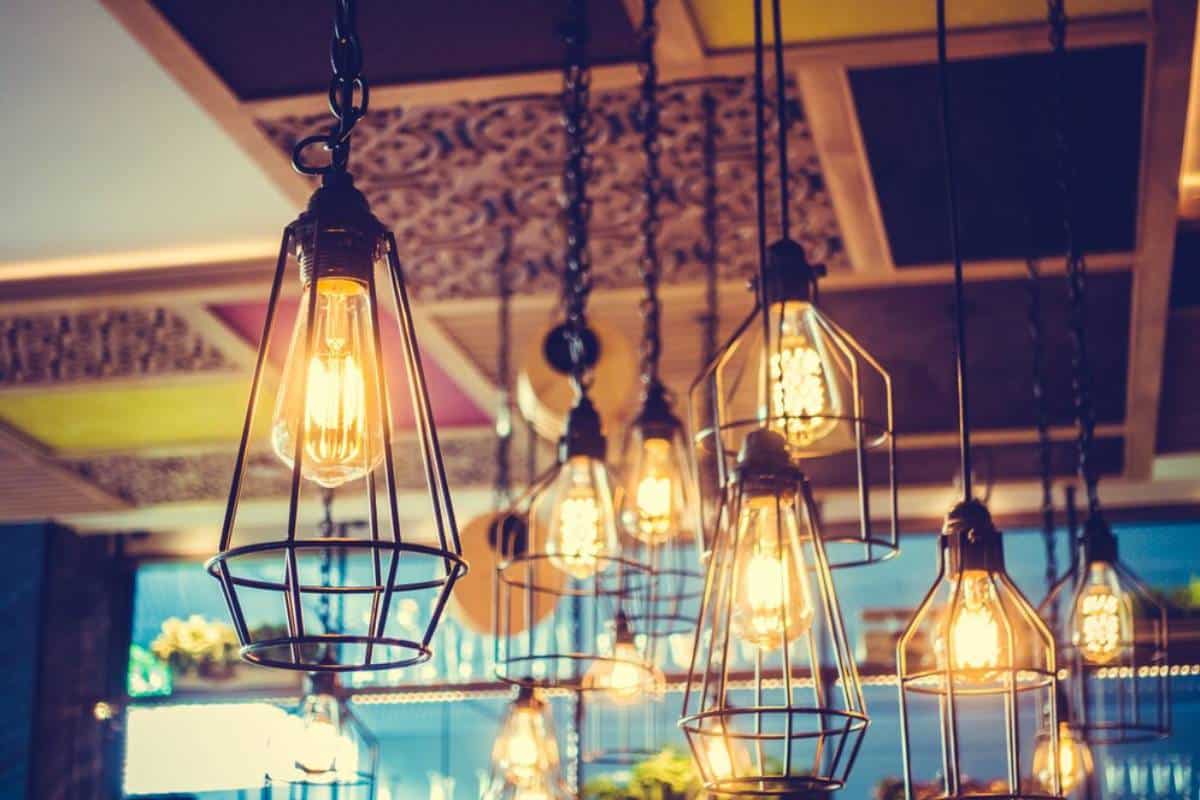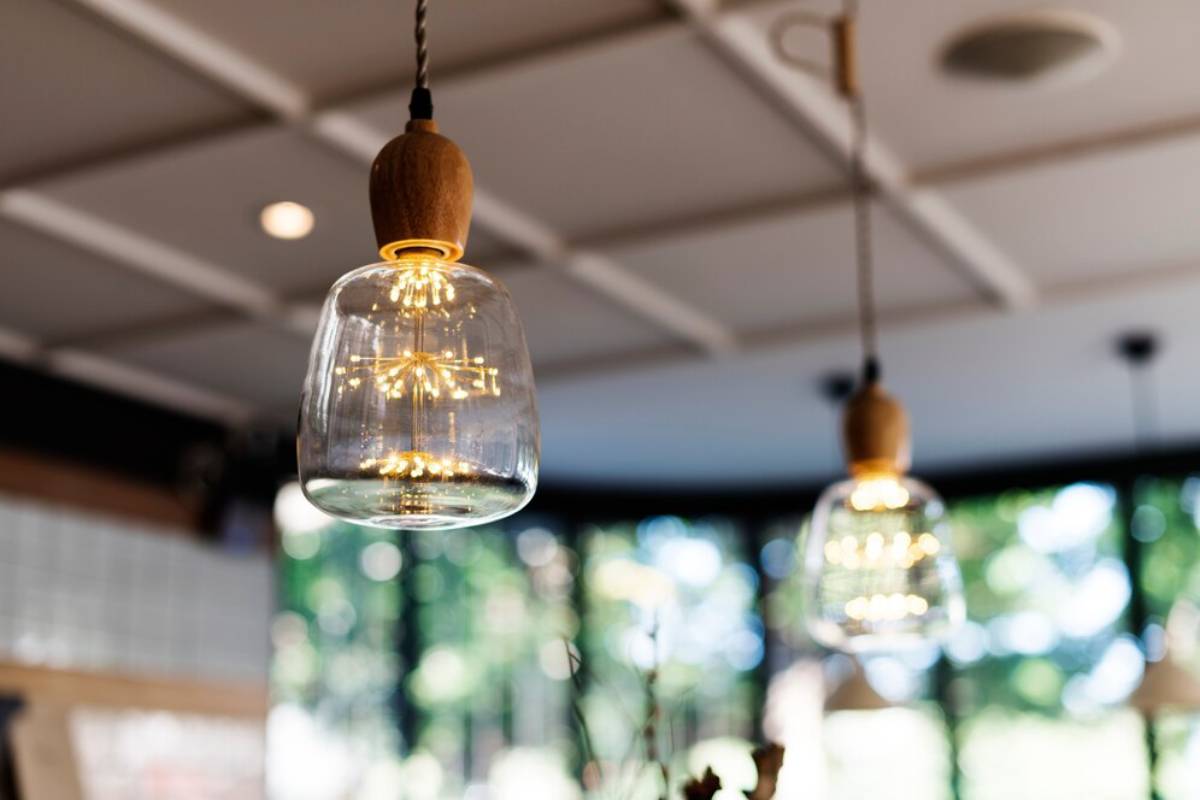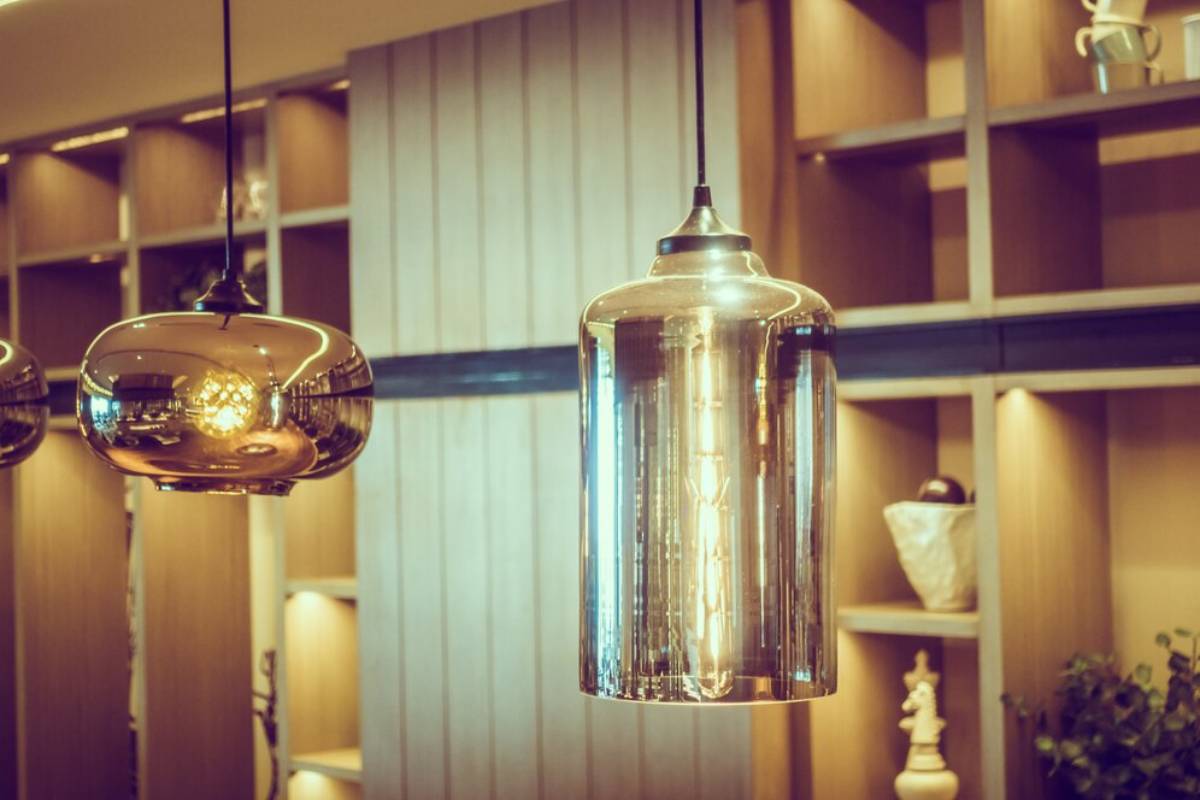
Choosing the Right Pendant Lights for Nordic Ambience
Lighting is more than a utility in Scandinavian design—it’s an essential ingredient in creating the calm, warm atmosphere that defines Nordic interiors. In regions where natural daylight is limited during the long winter months, thoughtfully curated lighting becomes the foundation of home ambience. Among the most impactful lighting solutions are Nordic pendant lights, which not only illuminate but also serve as sculptural focal points.
This guide explores how to choose the right Scandinavian lighting for your space, with a focus on pendant fixtures that enhance mood, reflect minimalist elegance, and bring a distinct Nordic sensibility into every room.
The Role of Lighting in Scandinavian Design

Scandinavian interiors prioritise light in all its forms—natural, ambient, task, and accent. The design philosophy is rooted in hygge, the Danish concept of comfort and contentment, which relies heavily on warmth and softness, especially in darker months.
Key Characteristics of Scandinavian Lighting:
- Warm-toned light to soften minimal interiors
- Layered lighting to add depth and function
- Sculptural simplicity in form and material
- Natural finishes and soft textures
Pendant lights, in particular, balance form and function, anchoring spaces while enhancing visual harmony.
Understanding Nordic Pendant Lights
Nordic pendant lights are often inspired by nature, architecture, and craftsmanship. Their designs range from minimalist to organic, but all share a quiet, purposeful beauty.
Common Features:
- Clean lines and geometric shapes
- Natural materials: wood, metal, paper, and glass
- Soft diffusers or shades that emit a warm glow
- Neutral colours like white, black, grey, and muted tones
- Emphasis on ambient rather than harsh overhead lighting
In Scandinavian interiors, pendant lights are not just functional—they are statement pieces, often suspended low to create intimacy.
Choosing Pendant Lights by Room
1. Living Room
Pendant lighting in living areas should focus on atmosphere. Avoid harsh light from above and instead look for wide, shallow shades or diffused fixtures.
Best Picks:
- Dome-shaped metal pendants in matte white or black
- Clustered glass orb lights for a sculptural element
- Paper or fabric pendants for softness and texture
Styling Tip: Pair a pendant with floor lamps or wall sconces to create a layered lighting scheme and enhance the home ambience.
2. Dining Area
The dining table is a natural home for statement pendants. The goal is to create intimacy without overwhelming the space.
Guidelines:
- Suspend the light 60–80 cm above the table surface
- Choose fixtures that emit a warm, downward glow
- Single oversized pendants or a series of small lights both work
Scandinavian Lighting Idea: A pale wood or smoked glass pendant with a linen-covered cord adds organic texture above a timber table.
3. Kitchen
In the kitchen, pendant lights offer both beauty and task lighting. Place them above islands or breakfast bars where they can serve a practical role.
Recommended Styles:
- Cone-shaped metal pendants for directional light
- Industrial-inspired pendants with clean Scandinavian lines
- Frosted or milky glass shades to soften LED bulbs
Stick to consistent finishes (e.g., brushed brass or matte black) that coordinate with hardware and appliances.
4. Bedroom
In Nordic bedrooms, pendant lights often replace bedside lamps—hung low beside the bed to free up surface space and create a serene environment.
Features to Look For:
- Dimmable fixtures for mood control
- Fabric or frosted glass shades for diffused glow
- Soft, sculptural forms like rounded or pleated shapes
Design Tip: Use symmetrical pendants on both sides of the bed or a single off-centre light for a modern touch.
5. Hallways and Entryways
These transition zones benefit from subtle lighting that sets the tone without overpowering.
Ideal Fixtures:
- Petite globe pendants or ceramic shades
- Wooden or woven rattan designs for texture
- Low-hanging fixtures to add visual interest in tall spaces
Materials and Finishes That Define Scandinavian Style
Material choice is key to maintaining a cohesive Nordic look. In Scandinavian lighting, natural and matte finishes dominate, avoiding anything too glossy or ornate.
Best Materials:
- Wood (oak, ash, birch): Adds warmth and nature-inspired depth
- Matte Metal (black, brass, white): Sleek and understated
- Glass (frosted, smoked, or opal): Creates soft diffusion
- Fabric (linen, cotton): Light-diffusing and tactile
These materials complement common Nordic palettes of white, pale grey, beige, and soft pastels.
Pendant Light Shapes That Work in Scandinavian Interiors
| Shape | Effect |
| Dome | Directs light downward, good for task areas |
| Globe | Even ambient glow, ideal for living and hallways |
| Cone | Focused beam for reading or working |
| Bell | Elegant and classic, works in all spaces |
| Organic/Asymmetrical | Adds sculptural interest, breaks uniformity |
Choose a shape that supports the mood of the room while maintaining visual balance.
How to Layer Scandinavian Lighting
One pendant is rarely enough. Scandinavian lighting thrives on layers—combining pendants with floor lamps, sconces, and candles.
Layered Lighting Strategy:
- Ambient: Main pendant light
- Task: Wall sconces or under-cabinet lighting
- Accent: Table lamps or floor lights
- Atmospheric: Candles, LED strips, or lanterns
Each layer contributes to the overall home ambience, making spaces more flexible and emotionally rich.
Top Scandinavian Lighting Brands to Explore
If you’re looking for authentic or inspired Nordic pendant lights, these brands represent the finest in Scandinavian design.
- Muuto: Contemporary, colour-forward design with organic lines
- Ferm Living: Soft, textural pieces in natural materials
- Louis Poulsen: Iconic Danish lighting, including the PH series
- Normann Copenhagen: Minimalist, playful, and architectural
- Menu: Clean, elegant fixtures with tactile finishes
Each brand reflects a distinct take on Scandinavian lighting, from classic to cutting-edge.
Common Mistakes to Avoid
❌ Choosing pendant lights that are too large for the space
❌ Placing lights too high, losing the sense of intimacy
❌ Using harsh white LED bulbs—opt for warm, dimmable alternatives
❌ Mixing too many finishes (metal, wood, colour)
❌ Neglecting secondary lighting to complement your pendant
Installation and Height Tips
- Dining table: 60–80 cm from table to bottom of pendant
- Kitchen island: 75–90 cm from counter surface
- Bedside: 40–50 cm above bedside table or aligned with shoulder height when seated
- Hallway/entry: At least 210 cm clearance from floor to light bottom
Use dimmer switches where possible for flexible mood control.
Key Takeaway

Scandinavian lighting is as much about atmosphere as it is about illumination. By choosing the right Nordic pendant lights, you can set the tone for your space—softening minimal interiors, creating intimate zones, and elevating the architectural presence of your home.
Whether your space is large or compact, modern or traditional, pendant lighting provides both function and quiet beauty when curated with intention.
Light with Purpose
Lighting shapes how we live and how we feel. In the Scandinavian home, every fixture carries purpose—casting soft shadows, warming corners, and inviting rest. The perfect pendant doesn’t shout; it glows.
So let your lighting be slow, simple, and soulful—because good ambience begins with great design.


